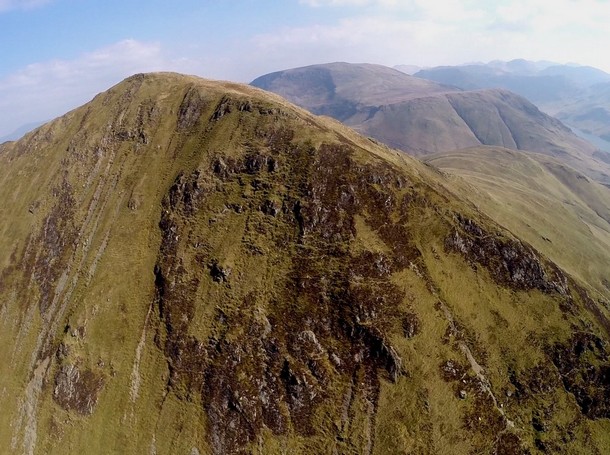|
Author Sep 2015 Nov 2015
Mountain paragliding always has, and always will, carry a certain amount of objective danger. Having said that, there are certain techniques and approaches that you can adopt to increase your safety margins whilst continuing to pursue the activity that gives us all so much pleasure. I simply would like to share my own thoughts on safety to help prevent future accidents if possible. All these ideas are open to question and I welcome input and contradiction from all quarters. Here are things I try to do, or intend to do in the future when mountain paragliding; When scratching in close, weight shift away from the hill and maintain course with controls. This may prevent a turn towards the hill in the event of a collapse on the inner wing. When scratching in close maintain good speed to ensure swift authority over direction. If you encounter sudden sink you can turn out quickly if carrying speed. When scratching in close, be wary of terrain features that could create turbulence near the ground Be aware of the aspect of the faces you're flying with regard to the direction of the meteo wind and the sun. Ask yourself where thermals are likely to trigger/track and how that will affect the air on different parts of the mountain. Choose equipment that suits your ability and preferred style of flying. Perform a regular safety audit by asking yourself and your flying buddies if your glider really does match your level of experience and ability. Are there any aspects of your equipment that you could change to improve your safety margin without spoiling your fun e.g harness, reserve, helmet? Examine your flying habits, and again, ask your flying buddies if they perceive that you are pushing things a bit or taking unnecessary risks in pursuit of better flights. Choose a glider that can be seen against the sky, mountains, green fields and water. My research so far suggests that the best colours are in the red-orange spectrum. Carry communication devices (mobile phone, 2m radio) and emergency alert equipment (Spot tracker or EPIRB, whistle, distress flares, strobe etc) Sign up to Livetrack24 so that others can see your flight track and find you in the event of an accident. Brief others on your intentions for the day and develop a check-in system with them. Fly within your own comfort levels and don't be afraid to stay on the ground or go and land if conditions are making you uncomfortable. Examine any close calls/incidents you've had (and ask others their opinion) and endeavor not to repeat any mistakes that come to light. Safe flights
XC Cautions (Spring 2011) Bear in Mind ..... Remember; as the wind speed doubles the energy present in the air quadruples. Therefore a 10mph wind will produce 4 times the turbulence of a 5mph wind. When flying an unknown area for the first time, pick a light wind day to get acquainted with the lay of the land and local airflow. Never fly mountains that are in cloud, or are likely to develop cloud below summit level, unless very experienced. Be prepared for the approach of the sea breeze. Anticipate where it will produce turbulence upon its arrival. Approach lee side slopes with great caution. Be prepared to make a sharp exit at the first signs of nasty air (rapid change in ground speed is a potential sign of rotor). Remember that the lee side air will be flowing downhill even if not rotoring. Don't fly near cloud unless you are practiced at navigating out of it on instruments. Don't scratch in close in bouncy conditions. Have you got enough height/ground clearance to survive a 60% deflation? Weight shift away from the hill when flying in close. If you should lose the inner wing it won't swing you into the hill. Have your legs dangling when scratching in close in case you cock up and end up touching down. Keep speed on when scratching to give you turn authority and glider energy should you need to make a quick turn away from the hill when hitting sink. Don't fly in the mountains on windy days. Go to more 'traditional' CSC sites with less in front of them. The ability to spot land high on difficult terrain is an essential skill. Ensure you have it before you need it.
|
|
|---|---|---|


